
GLOW
The GLOW study – Glioblastoma Targeted Treatment Option Maximization by Whole Genome Sequencing) – is carried out in patients with glioblastoma (GBM). In these patients with tumor relapse after initial treatment, the tumor DNA will be mapped by Whole Genome Sequencing (WGS). The goal of the GLOW study is to discover additional, personalized treatment options for GBM patients.
Glioblastomas are the most common malignant primary brain tumors. In the Netherlands, about 1000 patients suffer from this disease each year. The outlook for these patients is very unfavorable: only around 17% survive for longer than two years. Despite extensive research into the biology of these tumors, little has changed in their treatment during the past 15 years. Even after intensive chemotherapy and radiotherapy, the median survival time is only 15 months after the initial diagnosis. New treatment strategies are therefore urgently needed.

What is the link between DNA and cancer?
Human DNA, the ‘human genome’, consists of 2 x 3 billion ‘letters’ (one copy from the mother and one from the father) and is present in every cell in the body. This DNA contains all the information necessary for a cell, tissue and organism to function and for cells to divide.
DNA can be damaged accidentally or by environmental factors. This can lead to changes in the properties of a cell, which is how cancer arises. To understand and treat a tumor, it is important to be able to build the clearest possible picture of the damaged DNA in that tumor. We use the technique of Whole Genome Sequencing (WGS) to reveal all this damaged DNA. To verify that the damage only occurs in the tumor, the tumor DNA is always compared to the patient’s ‘normal’ DNA. We use the DNA in the blood to this end.
How do patients benefit from the GLOW project?
Currently, WGS based complete tumor DNA tests are not usually part of the standard procedure prior to starting treatment. However, these tests provide a great deal of additional information about a tumor and possible new treatment options. The 235 patients participating in the GLOW study undergo a WGS test and then discuss the results with their oncologist. The results of this DNA test may be used to define the best treatment proposal.
Tumor tissue is needed to perform the DNA test. This will be obtained during the surgical procedure. The tumor tissue has to be stored on ice. Collecting it in another way could lead to damage to the tumor’s DNA, making a complete DNA analysis impossible. Besides tumor tissue, a test tube of the patient’s blood has to be sent to our laboratory. After the analysis in the laboratory, we draw up a report describing the most important DNA alterations in the tumor and suggesting potential treatment options, both standard and experimental, based on the results. WGS and the resulting report form the complete tumor DNA test. The process is described in this short video.
The report is sent to the attending physician, who discusses the results with the patient, including whether the suggested new and/or additional treatments are realistic in this individual patient’s case.
Tomorrow’s patients may also benefit from what we learn from the patients of today. The data of consenting patients is stored in encrypted form and anonymized in the Hartwig Medical Database for further research. This data consists of information on the patients’ DNA and their treatment histories and outcomes. This will enable us to tailor more accurately the treatment of future patients to their specific tumor characteristics.
Watch the following video to see how the procedure is performed:
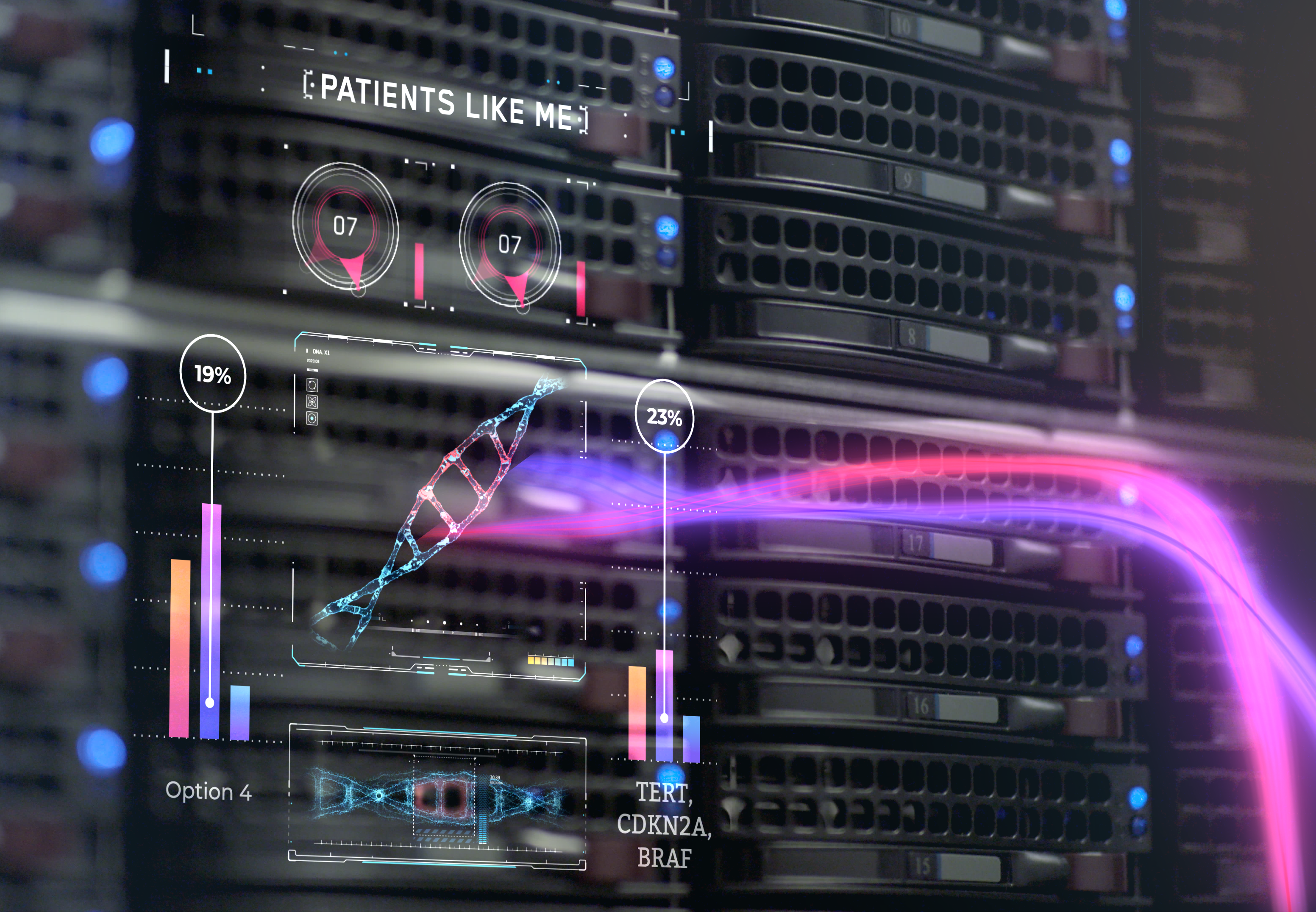
Hartwig Medical Database
The Hartwig Medical Database currently contains the tumor data of more than 5000 patients with metastatic cancer, making it the largest such database in the world. GLOW is helping us to expand this database with the data of patients with recurrent glioblastomas.
Researchers from around the world can use this data for their research by submitting a request to an independent research committee. If this committee approves the research proposal, the research group can use the specific data set needed for the research, free of charge. This will help us to learn more about cancer and how to treat it, and hopefully enable us to provide these patients with even better care in the future.
Researchers have already made many discoveries based on the data in our database. More than 200 research groups in 80 countries are conducting research based on this data. They have already published more than 60 articles in leading international scientific journals.
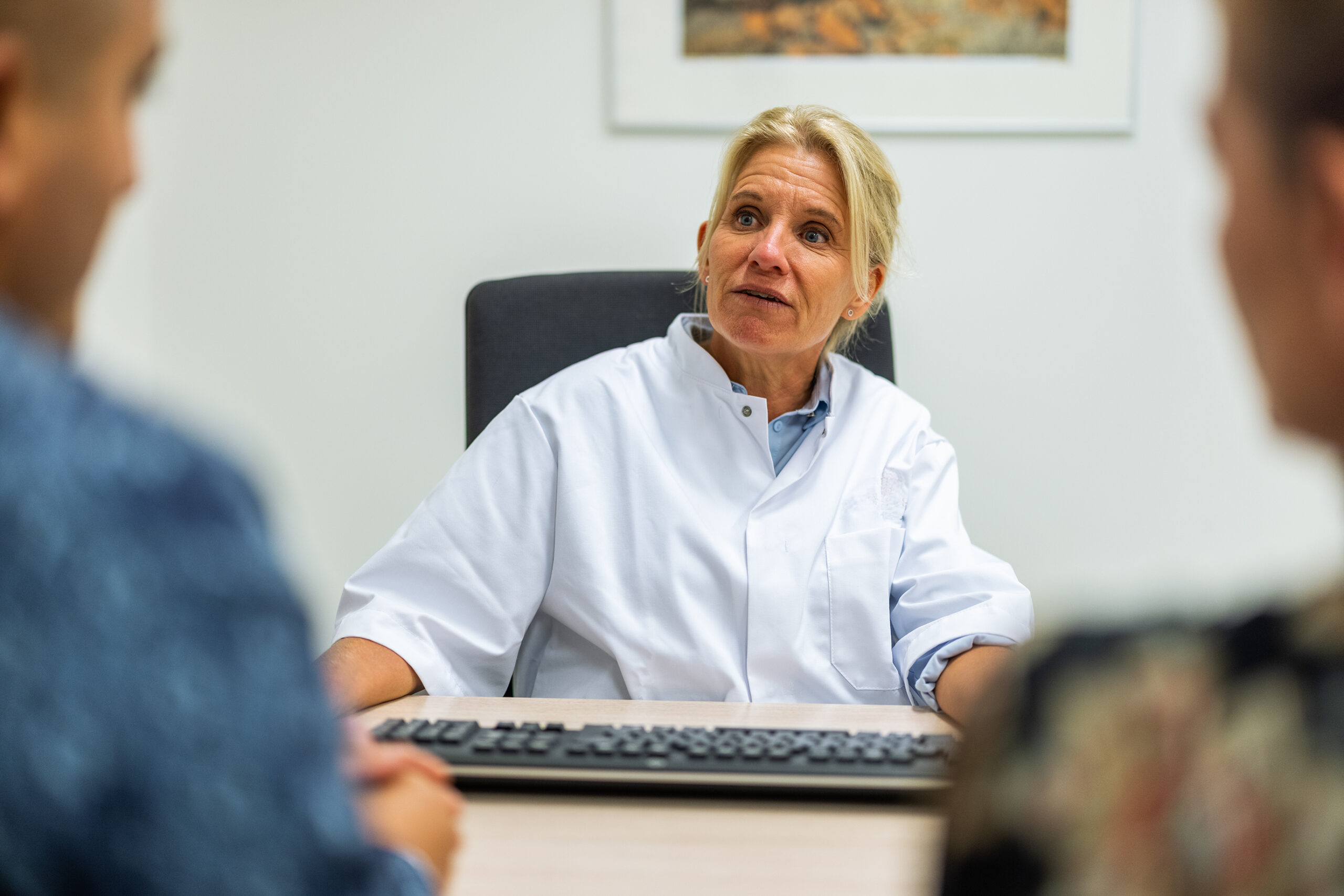
Is it safe to share my data?
Why is it important to share the data?
Who has access to this data? Is that safe?
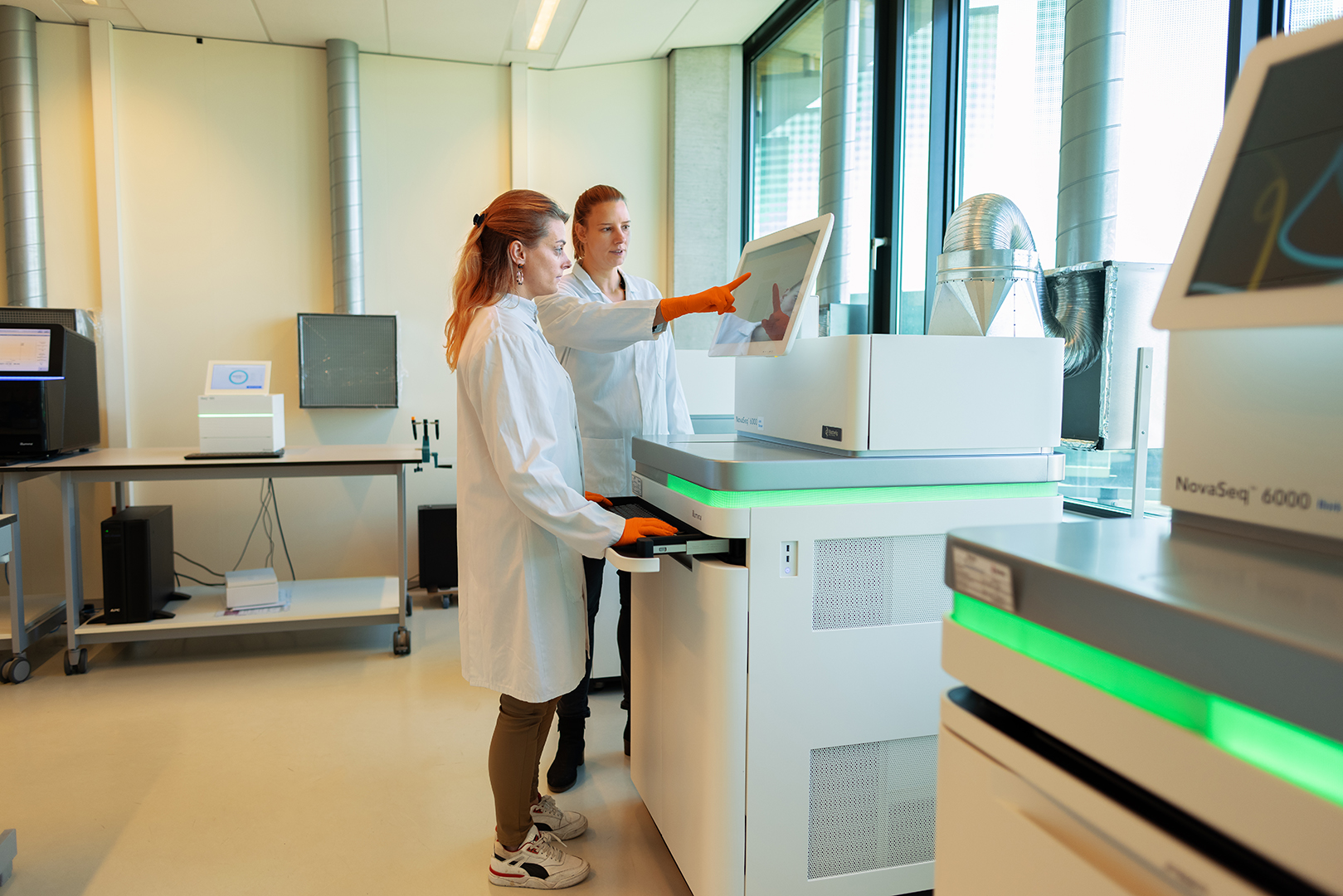
Participation in GLOW
Conditions for participation:
- the patient has a glioblastoma (IDH-wild-type), confirmed by a pathologist, that has recurred for the first time after treatment and for which new surgery is planned;
- the patient is 18 years or over;
- the patient is able and willing to give written consent;
- the patient’s physical condition is such that they can care for themselves.
After registration
- A WGS test is performed and the results are immediately used for the diagnosis and treatment plan.
- The patient’s genetic data, treatment history and outcomes are stored in the Hartwig Medical Database. The attending physician first asks for the patient’s consent to include the data in the database.
What does participation involve?
- The attending physician at the hospital registers the patient for the WGS test.
- An additional tube of blood is drawn from the patient.
- A piece of tissue is taken for the test during surgery.
- Procedure for hospitals.
- When is the complete DNA test performed?
- The complete DNA test is carried out before treatment is started. If the treatment has already started, the patient will not be eligible for the test.
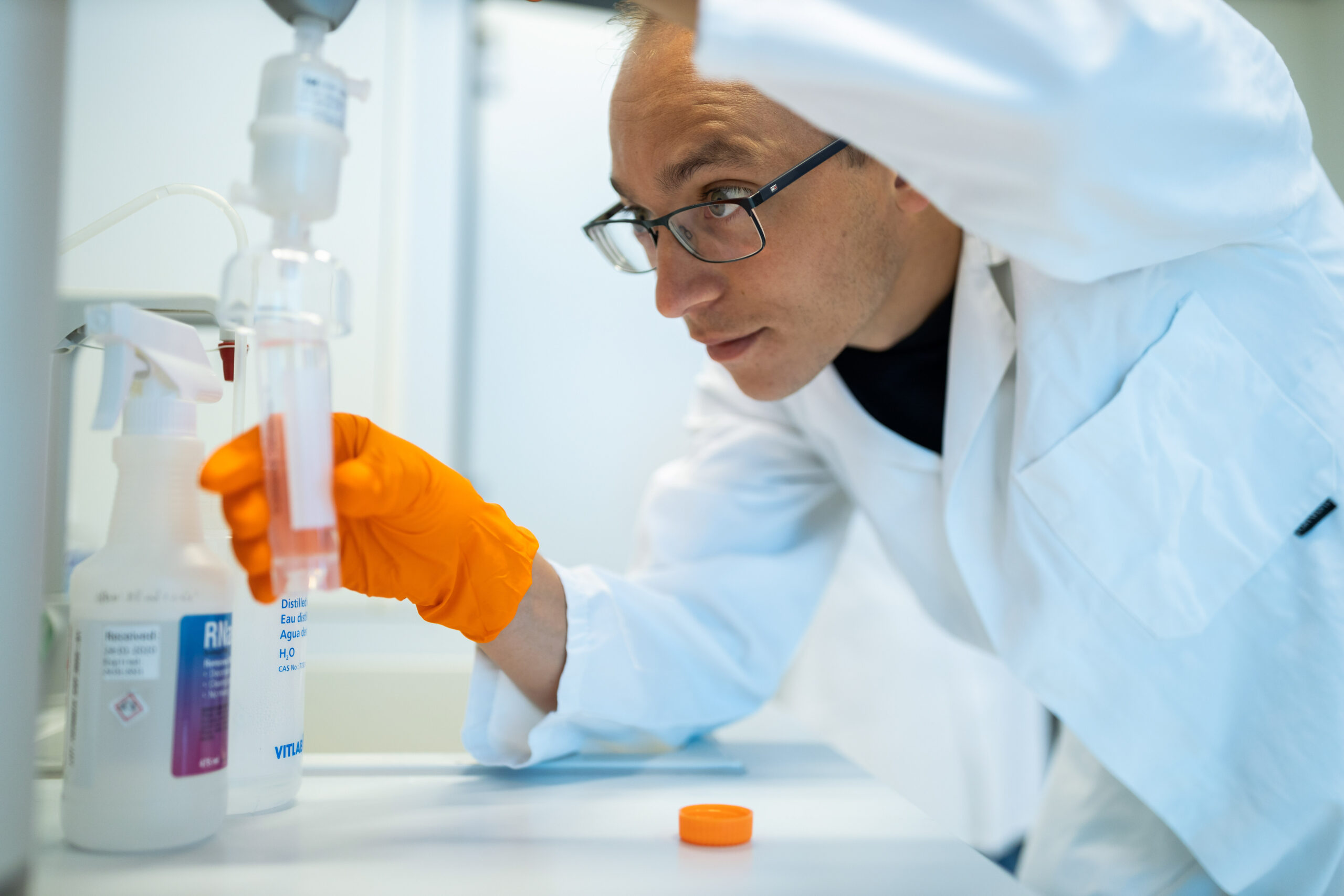
Which hospitals can request a WGS test?
Participating hospitals first sign an agreement with Hartwig Medical Foundation, after which they can request a complete DNA test. The following hospitals are currently participating in the GLOW study:
- Amsterdam University Medical Centers
- Netherlands Cancer Institute – Antoni van Leeuwenhoek
- Elisabeth-TweeSteden Hospital
- Erasmus University Medical Center
- Haaglanden Medical Center
- Isala
- Leiden University Medical Center
- Maastricht University Medical Center
- Twente Medical Centre
- Radboud University Medical Center
- Groningen University Medical Center
- Utrecht University Medical Center
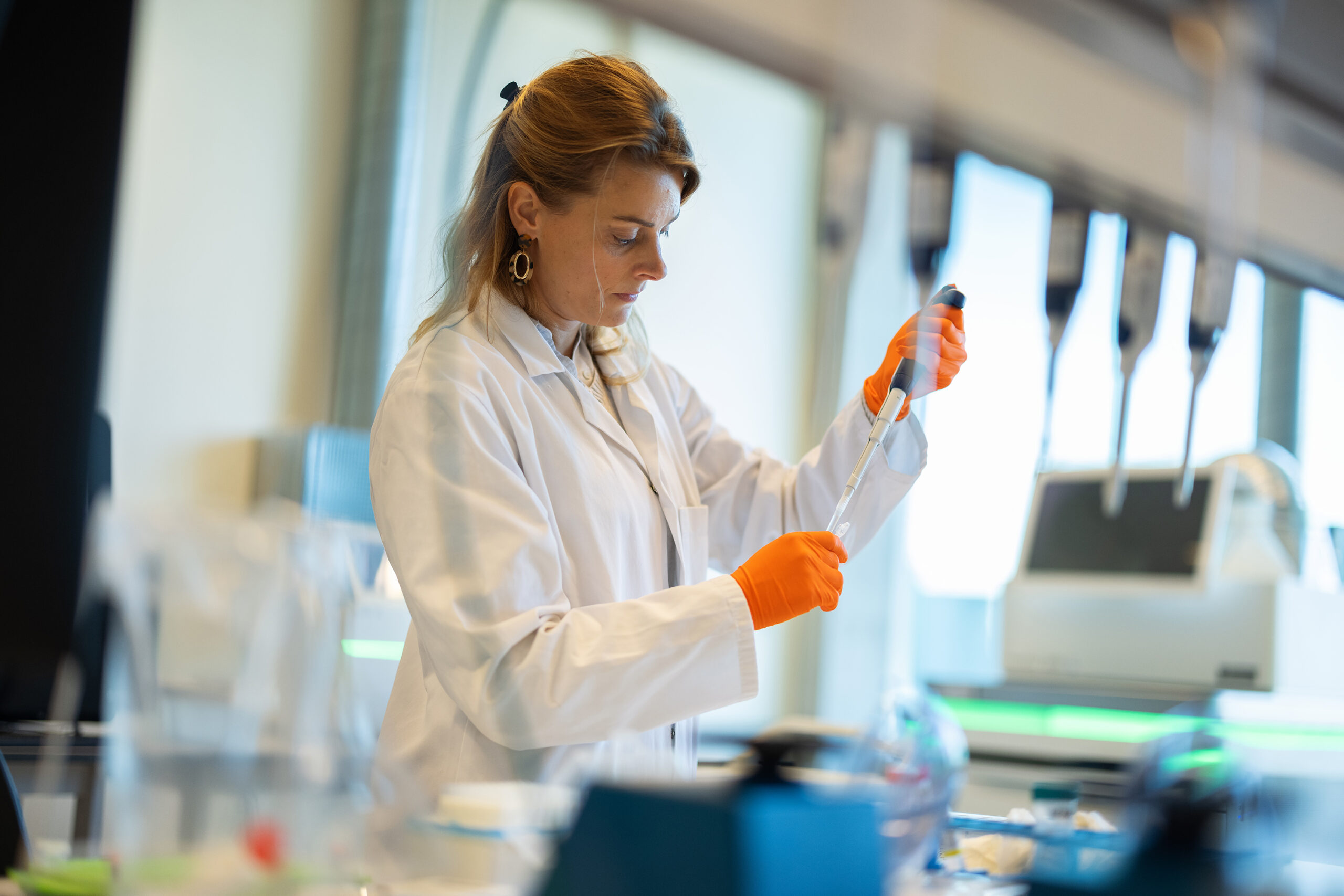
How does GLOW work?
Patients undergoing treatment at one of the above hospitals may be asked by their attending physician if they want to participate in the GLOW study (after it has been decided to reoperate). If the patient agrees to participate, the attending physician will inform the study team.
The GLOW study is funded by the Oncode Institute through the Clinical Proof of Concept program. The goal of the Oncode Institute is to link fundamental and clinical research and so help ensure that new scientific findings can be applied in healthcare practice.
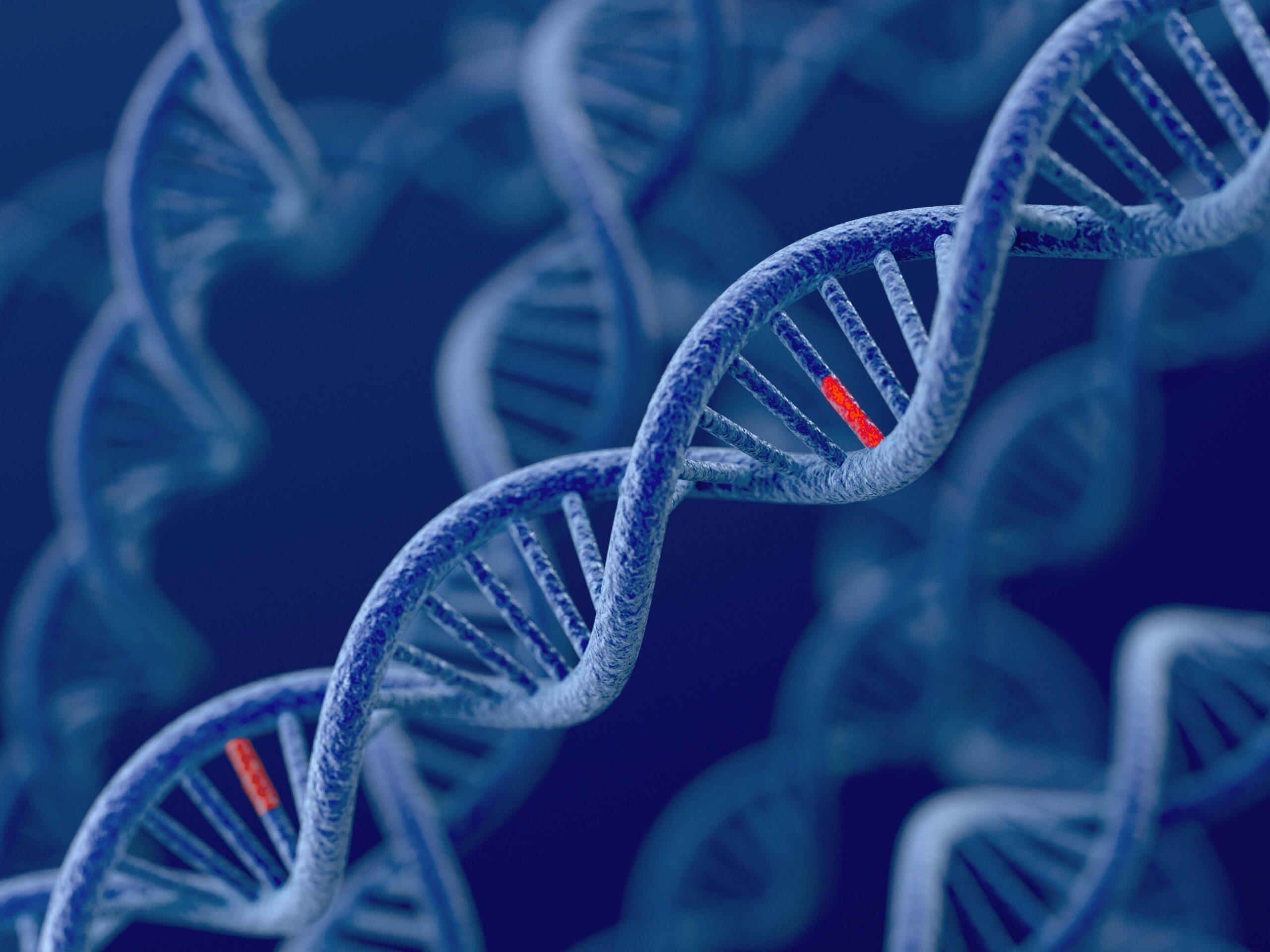
Why is Hartwig doing this?
Hartwig Medical Foundation is an independent not-for-profit organization. Its goal is to implement large-scale DNA testing to improve the care of patients with cancer. We do this by promoting cancer research and performing DNA tests on patients with cancer. The aim is to ensure that every patient with cancer can receive the treatment that is best for them.
Hartwig Medical Foundation was established with the help of donations and has ANBI (charitable) status.
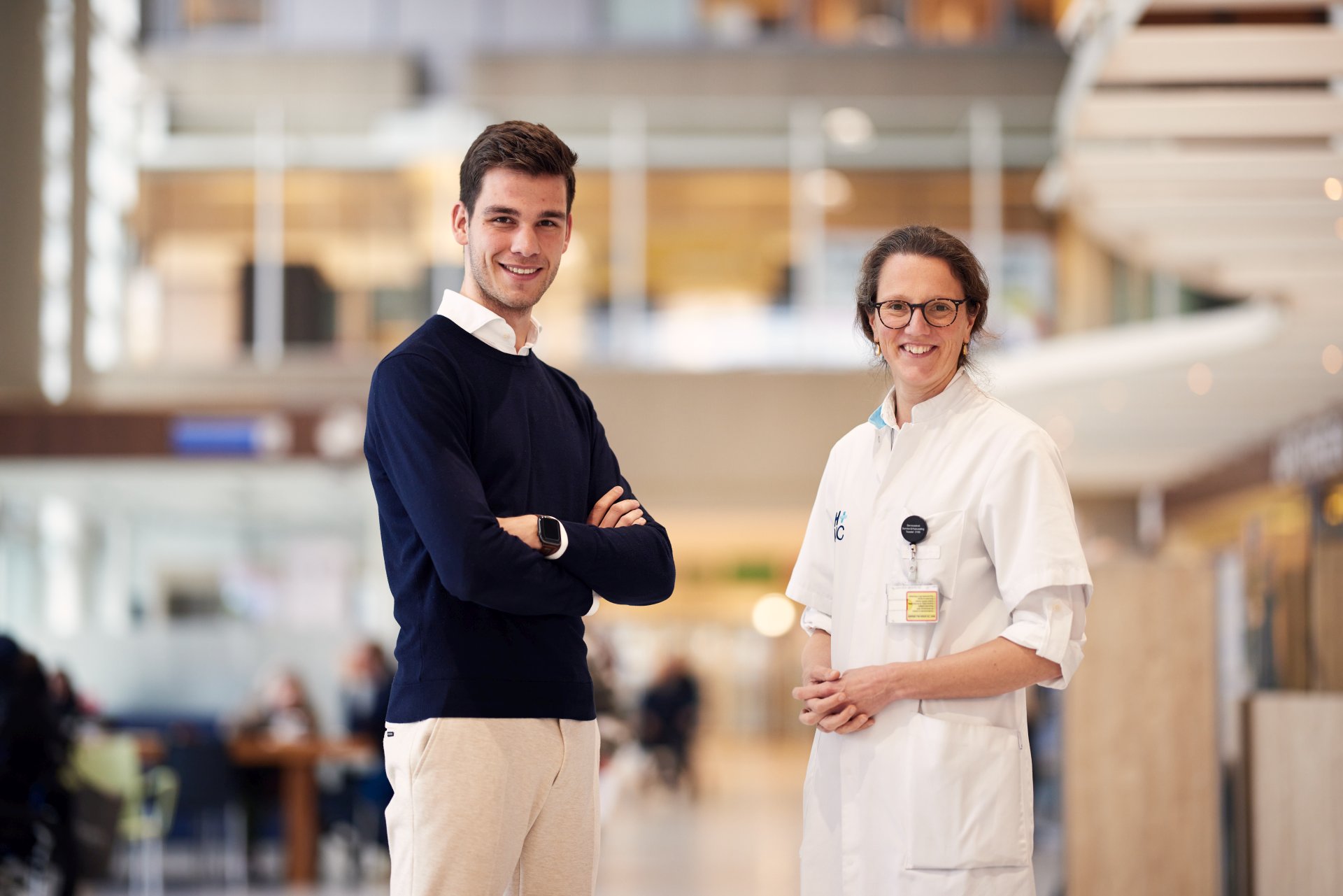
Mark van Opijnen en Marike Broekman
Would you like to know more?
Mark van Opijnen, physician assistant in neurosurgery and GLOW study researcher, m.van.opijnen@haaglandenmc.nl
Marike Broekman, neurosurgeon at the Haaglanden Medical Center, GLOW study principal researcher, m.broekman@haaglandenmc.nl
Interview Mark van Opijnen and Marike Broekman

In our profession, we need to know everything about the patient, but we also want to know as much as possible about the patient’s tumor.